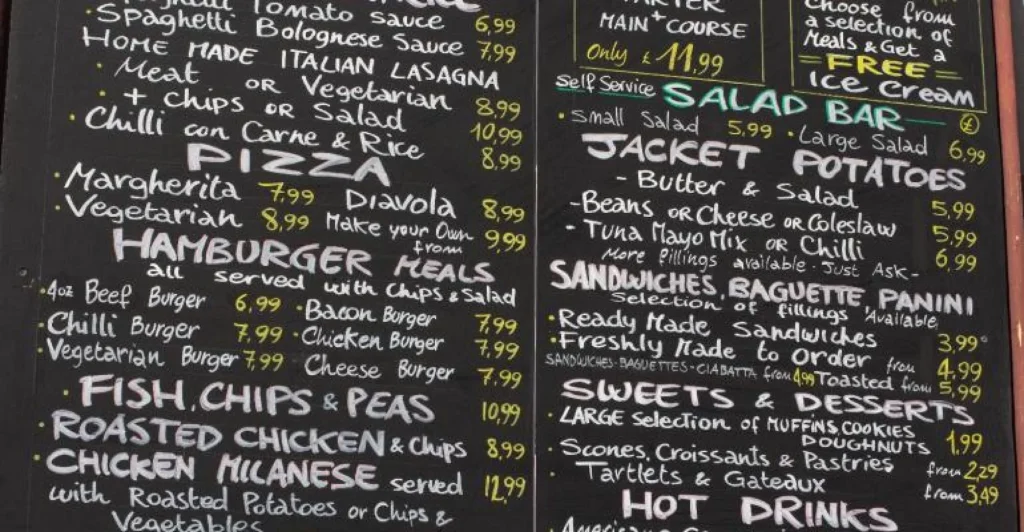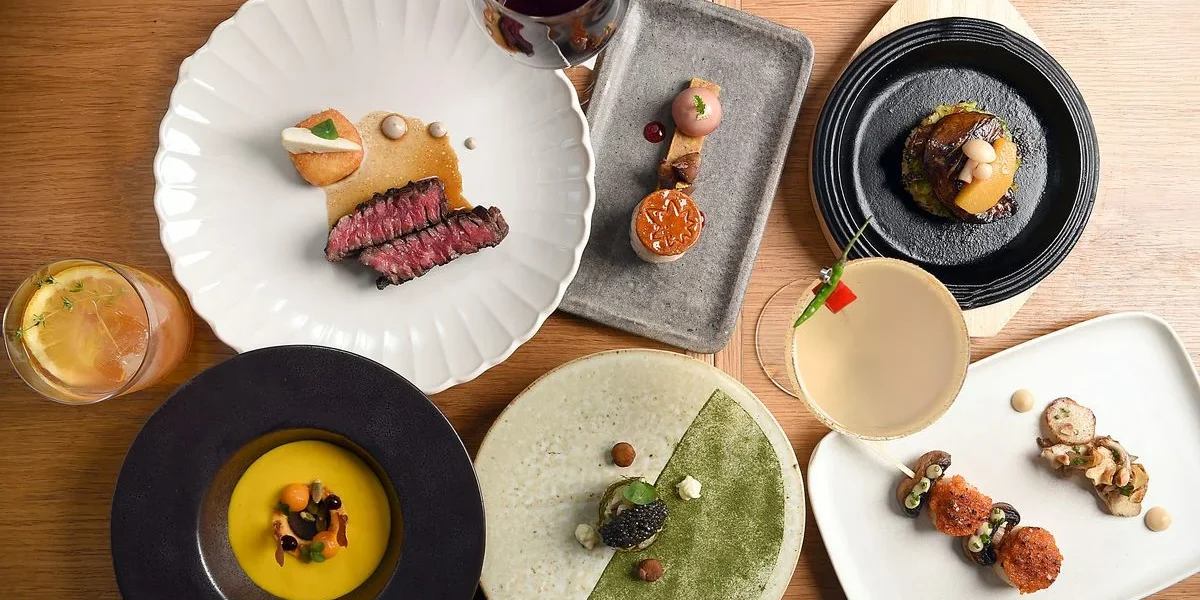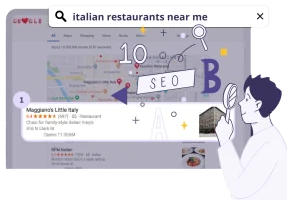Knowing when, and if, to raise prices can be a difficult and daunting decision for restaurant owners. On the one hand, you have forever increasing labour, energy and food costs, while on the other, you need to maintain customer satisfaction. Raising restaurant pricing calls for careful planning and a well thought out approach.
In this post we’ll walk you through the process of managing price changes to guarantee a seamless transition.
1. Determining whether price adjustments are necessary

Understanding cost factors
Analyse every aspect of your running expenditures, including raw materials, labour, rental fees, utilities and other overhead charges.
Find the areas where costs have substantially grown and assess the effect they have had on your profitability.
Here are some tips on
calculating your restaurant’s prime costs.
Monitoring market trends
Keep abreast of industry trends, such as fluctuations in ingredient prices, changes to minimum wage legislation and changes in consumer preferences.
Keep an eye on your competitors’ pricing strategies, to gauge whether your pricing is inline with the norm.
2. Strategically planning price adjustments

Incremental growth
To lessen complaints and push back from customers, think about implementing small price increases as opposed to huge leaps.
Small, gradual changes over time are less obvious and can lessen the likelihood of adverse reactions.
Menu analysis
Analyse the performance of individual menu items and eliminate the ones that are not popular or have a very low profit margin. Less is more when it comes to menu options!
To have the least negative influence on customer satisfaction, concentrate on raising prices for products that have smaller cost percentages or are less sought-after.
Here’s a guide on implementing
dynamic menu prices.
3. Transparency in communication

Putting transparency first
Be open and honest with your clients about the causes of the pricing changes, such as rising ingredient costs or higher standards of quality.
Make it abundantly clear to them what value and advantages they will still enjoy in spite of the price increases.
Updating online platforms and menus
Update your menus to appropriately reflect the new prices and to guarantee uniformity across all offline and online platforms.
Nobody likes surprises when it comes to pricing. Display the changed costs clearly, to prevent misunderstanding or confusion.
4. Adding value to justify price increase

Increasing the quality of ingredients
Use the chance presented by pricing adjustments to source ingredients of higher quality.
Show your dedication to quality and emphasise the use of ingredients that are
locally sourced or organic.
Expand menu offerings
Introduce new menu items or specials that offer unique flavours or innovative preparations to justify the price adjustments.
Consider incorporating seasonal or limited-time dishes to create a sense of exclusivity and entice customers to explore the menu further.
5. Making use of a restaurant reservation system

Implementing a restaurant booking systemcan improve customer satisfaction from the get-go.
Features like online reservations, table management and queue management can boost efficiency and maximise seating capacity, particularly during peak hours.
6. Monitoring and modifying

Getting customer feedback
Encourage customer feedback so you can determine how they feel about the price changes.
Use comment cards, online polls or social media interaction to get feedback from customers regarding their eating experience and perception of value.
Financial Impact Analysis
Maintain a close eye on your finances to see how changing prices will affect your bottom line.
Evaluate key performance indicators like average bill size, customer retention rates, and overall sales to make sure the adjustments are in line with your financial objectives.
Balancing the need to cover rising costs while maintaining customer satisfaction requires careful consideration and a strategic approach. Always keep in mind that raising prices should not distract you from your commitment to provide clients top-notch eating experiences and adding value.

Unlock the tips that will help you stand out from the crowd and get more bookings!

Learn how to save time, reduce stress and fill your restaurant while you sleep!

Stephanie Paris
Gen-Z marketing coordinator bringing fresh energy to web and graphic design, with a weekend habit of chasing adventure.

Stephanie Paris
Gen-Z marketing coordinator bringing fresh energy to web and graphic design, with a weekend habit of chasing adventure.









